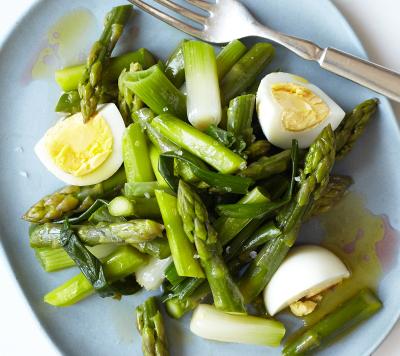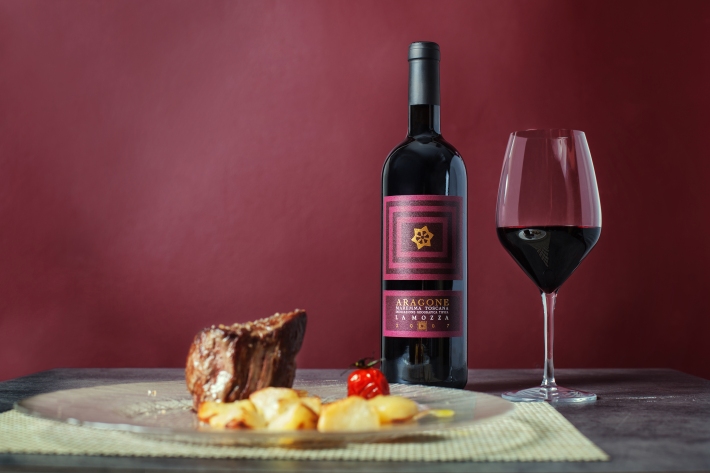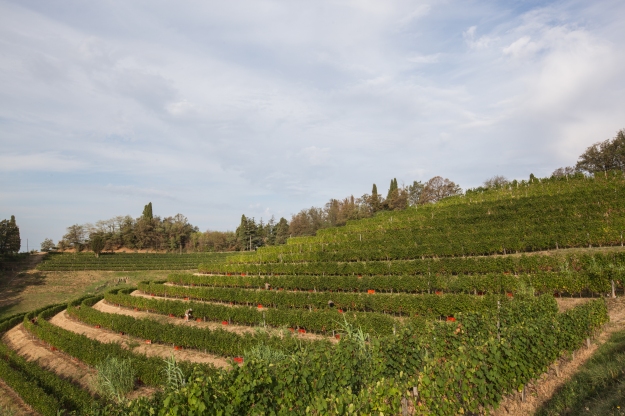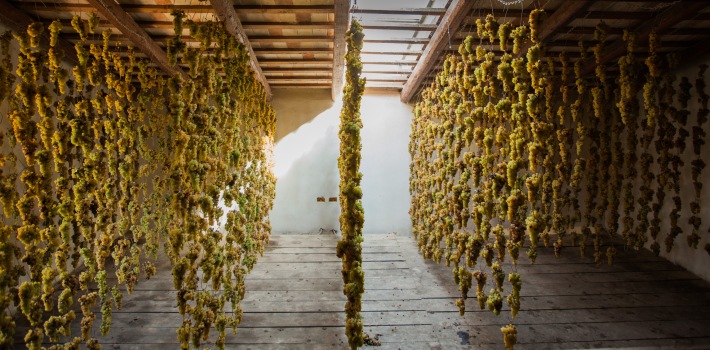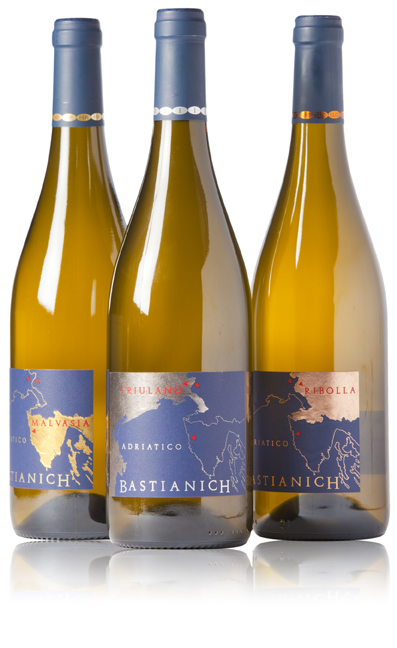guest post by Julia Segal
Hello again, Julia here. I’ll be your guest blogger once again today. I am interning at Batali & Bastianich Hospitality Group, and am certainly a wine enthusiast (and avid drinker.) If you want more Julia in your life, please check out my blog here.
When it comes to Easter wines, our flagship Vespa comes to the rescue. As if it were made for Easter, both Vespa Bianco and Vespa Rosso pair eerily well with some Italian Easter staples. Also around this time each year our matriarch, Lidia Bastianich releases her Italian Easter recipes and makes the world a better place.
So let’s start with asparagus – an Easter classic. Its earthy bitterness begs for a glass of acidic but mellow, citrusy Vespa Bianco. Our flagship wine is a jack-of-all trades when it comes to pairing. (So be sure to pick up an extra bottle or 3)
Next, Lidia recommends a vegetable risotto, to which we say: “another glass of Vespa please”. You can stick with the Bianco for sure, whose full-bodied flavor and minerality stand up to the creamy deliciousness of the risotto. Or if you’re feeling like a change, now is the time to open up that bottle of Vespa Rosso.
Now for the piece de resistance – the lamb. Easter isn’t Easter – neither in Italy nor in America – without lamb. If you’re Lidia Bastianich, that lamb is slow-roasting on a spit. However you prepare it, you’ll be happy to know that both Vespa Bianco and Vespa Rosso are perfectly pairs for lamb! Vespa Bianco you say? Yes! Absolutely! Our East Coast Sales Manager Victoria does it often. Since Bianco is such a robust white, with some qualities akin to red wines (slightly tannic with real structure), it isn’t afraid of a little red meat. So take your pick, or better, yet – make a comparison!
Lidia’s lamb is typical from Le Marche with green olives and rosemary.
For more from Lidia Bastianich, check out her website here



